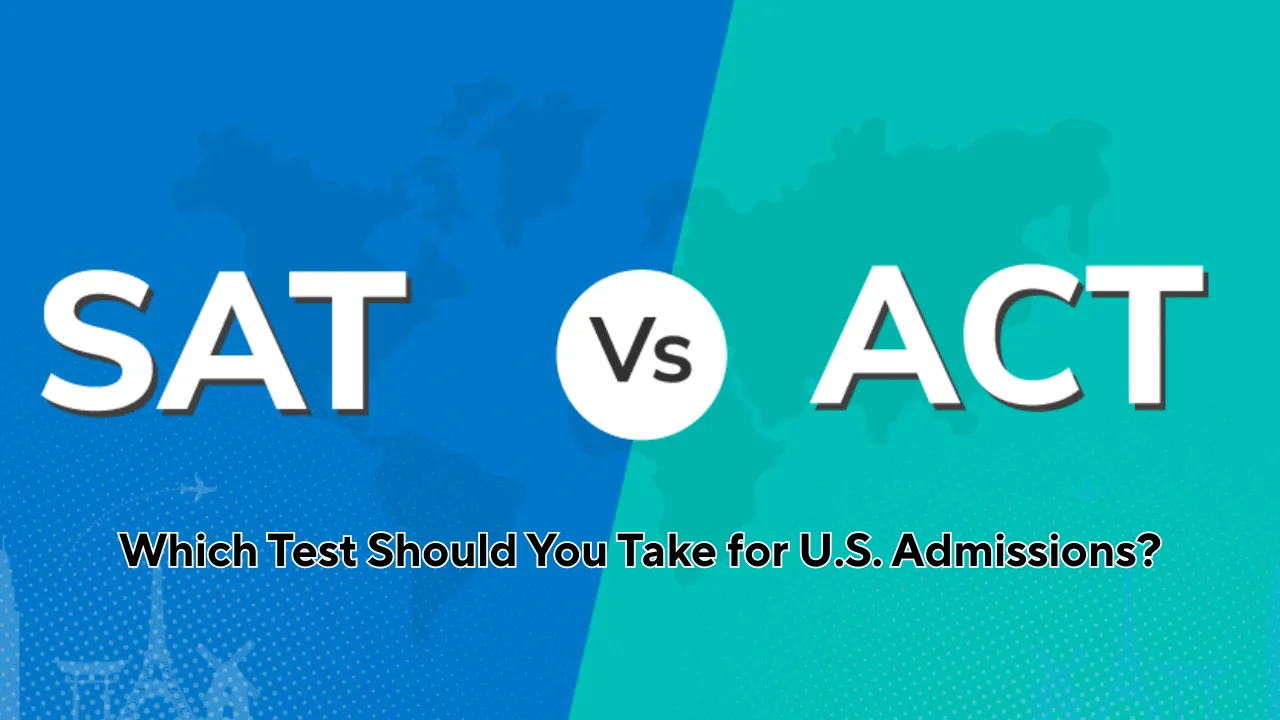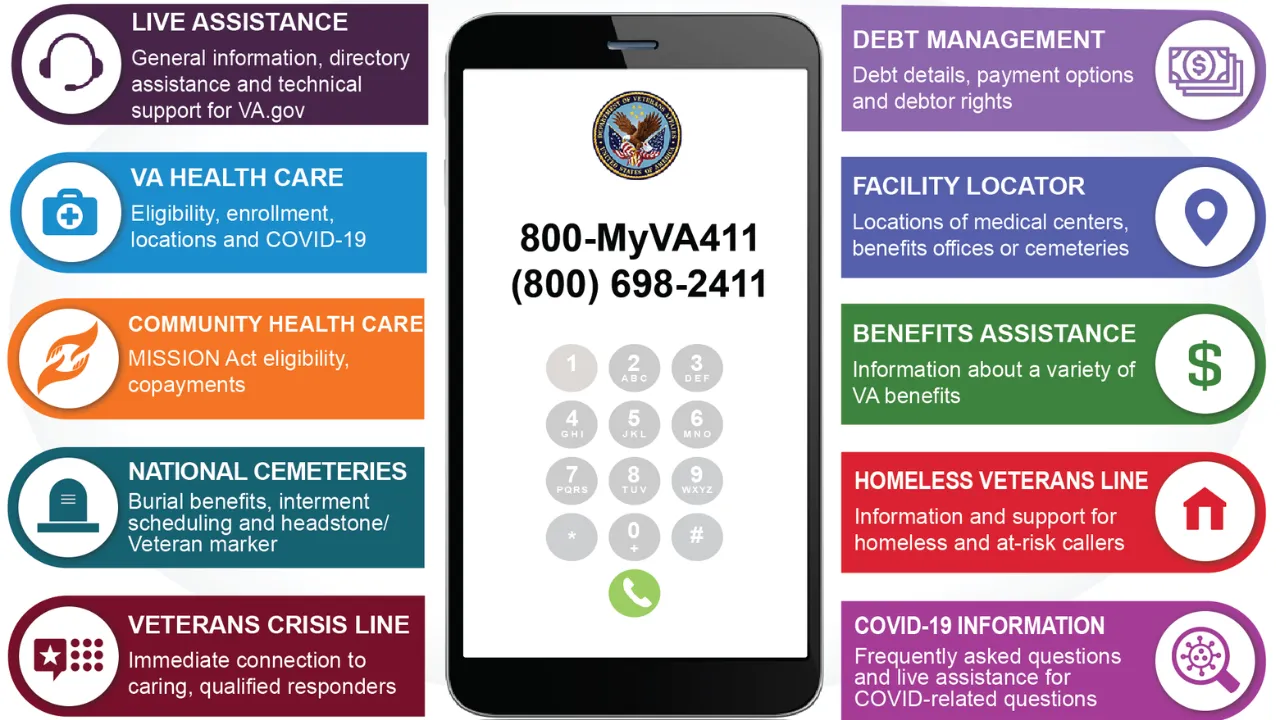SAT vs. ACT: Which Test Should You Take for U.S. Admissions?: Both the SAT and ACT play vital roles in U.S. college admissions, shaping acceptance chances and scholarship opportunities. Before diving into test prep, students often wonder: SAT vs. ACT: Which Test Should You Take for U.S. Admissions? While the two exams assess similar academic skills, subtle differences in test format, timing, and subject focus can significantly impact performance. Rather than accepting conventional wisdom, smart students explore test details and align their strengths with the exam best suited to them.
Understanding SAT vs. ACT: Which Test Should You Take for U.S. Admissions? goes beyond comparing sections—it’s about knowing your academic profile, test endurance, and personal preferences. The SAT is a fully digital format emphasizing analytical reading and math, while the ACT looks more traditional and includes a science-reasoning section. Choosing the right exam is a strategic decision; it can enhance confidence and improve admissions results.
SAT vs. ACT: Which Test Should You Take for U.S. Admissions?
When planning to apply to universities in the United States, one of the most important early decisions is choosing between the SAT and ACT. Both tests are accepted by nearly all U.S. colleges and used equally for admissions and scholarships. While their core purpose is similar, they differ in format, timing, and subject emphasis. The SAT is a digital exam focusing on math, reading, and writing, while the ACT includes a separate science reasoning section and is typically paper-based. To make the best choice, students should take full-length, timed practice exams of both tests. This helps identify which exam plays better to their strengths—whether that’s speed, science, or data analysis. Rather than guessing, this strategy offers a clear insight into which test suits your test-taking style, leading to stronger scores and more competitive college applications.
Overview Table: SAT vs. ACT Comparison
| Feature | SAT | ACT |
| Test Format | Fully digital | Mostly paper, some digital options |
| Duration | 2 hrs 14 min | 2 hrs 55 min (no essay) |
| Reading & Writing | Combined section | Separate English + Reading |
| Math Topics | Algebra, geometry, data analysis, trigonometry | Same + probability & stats |
| Science Section | Integrated in reading | Dedicated science-reasoning section |
| Calculators Allowed | Throughout math section | Throughout all math |
| Essay Component | Removed | Optional |
| Scoring Scale | 400–1600 | 1–36 |
| Test Frequency | Digital: 7 times/year | Paper/Digital: 7 times/year |
Test Format and Content Breakdown
Both tests are accepted for admissions and scholarships, but they differ in structure:
- Science Reasoning: ACT includes a timed science section based on data interpretation. Ideal for students strong with charts and experiments.
- Reading & Writing: SAT merges reading and writing into one section. ACT separates them, offering clarity for those strong in grammar and comprehension.
- Essay: ACT offers an optional essay; SAT no longer does. Decide based on college requirements and personal preference.
Test Timing and Pacing
The SAT provides approximately 1 minute 22 seconds per question, while the ACT limits you to under a minute per item. If fast-paced tests energize you, ACT may be ideal. If you prefer deep reasoning with slightly more time, SAT might feel more forgiving.
Scoring Systems Explained
The SAT is scored on a 400–1600 scale, and the ACT on a 1–36 scale. Admissions officers often use concordance tables to compare the two. When in doubt, aim for scores around the median or above for your target universities.
SAT vs. ACT: How to Prepare
- Digital SAT prep: Khan Academy offers free, tailored test prep aligned with the new digital SAT format.
- ACT prep: Use official ACT books, full-length tests, and specialized practice materials.
Prep smart: mix timed full exams, section drills, and careful error reviews. Prioritize areas where you struggle and maintain steady progress.
Registration and Test Dates
List your exam dates early:
- SAT exams: Administered digitally from March through December.
- ACT exams: Available on paper and digital formats, seven times annually.
Fees range around $120 USD for SAT and $160 for ACT (with writing). Check for fee waivers if eligible.
How to Choose: SAT vs. ACT Decision Guide
- Match your strengths
Strong in science data? Try ACT. Prefer analytical reading? Try SAT. - Take diagnostic tests
Compare your score percentile and how you feel during the test. - Check university preferences
Most colleges accept both, but check specific program standards and scholarship criteria. - Dual test strategy
Many high-achieving students take both exams and submit the higher score or use superscoring.
SAT vs. ACT Prep Tips for Success
- Start early with diagnostic tests to identify strengths.
- Practice daily with short sessions.
- Simulate full-length test conditions once per week.
- Review mistakes thoroughly to avoid repeating them.
- Consider a second test to superscore—combine strongest subscores from multiple sittings.
FAQs: SAT vs. ACT Comparison
Is the ACT more difficult than the SAT?
Difficulty varies—some find ACT’s pacing and science section harder; others struggle with SAT’s analytical math. It’s personal.
Do U.S. universities prefer ACT or SAT?
No. Most accept both equally; check individual site guidelines to be safe.
Is the SAT harder in math?
It emphasizes algebra and data analysis. If geometry and statistics are stronger, ACT might be easier.
How many times can you take these tests?
Both exams can be taken multiple times. Many students repeat tests to improve scores and take advantage of superscoring.
Do students need both tests?
Not always—but taking both can help determine the best fit and improve placement opportunities if one score is substantially higher.
Final Thoughts: SAT vs. ACT Decision
Deciding SAT vs. ACT: Which Test Should You Take for U.S. Admissions? starts with honest self-evaluation and practice. Both exams have pros and cons—your job is to choose the one that syncs with your academic strengths and test style. Use diagnostics, timed prep, and smart strategy. And if possible, test both to find your highest-performing option.
Take the Next Step
Begin today: schedule a diagnostic test for both the SAT and ACT. Review your results, select your preferred exam, and create a focused prep plan. Whether it’s math, reading, science, or time management, you’ll improve your chances of admission with high confidence and strong results.


















